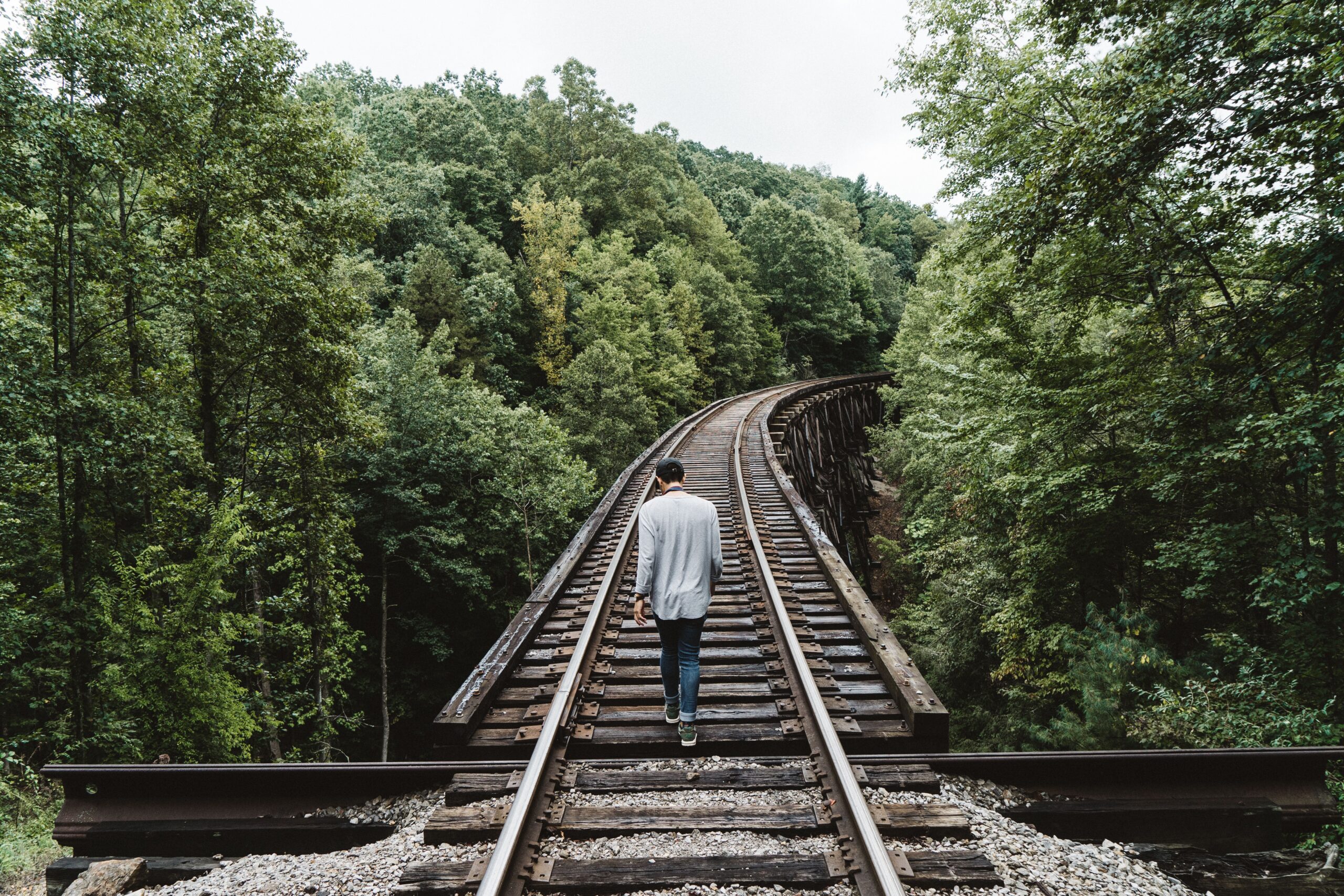Did you grow up reminded that “curiosity killed the cat?” Don’t stick your nose where it doesn’t belong, the proverb reminds us – it can be dangerous. Augustine even wrote in the Confessions that God “fashioned hell for the inquisitive.” We’re quick to remind children of the (potential) dangers of curiosity. But without it, there’s no discovery. Without it, we don’t find new things to see, new paths to travel. We might not like what we find behind door #1… but what if we do like it?
Humans have a fundamental drive to explore and to discover. Sometimes we’re looking for new things, new options, new choices. Sometimes we’re looking for stimulation. Sometimes we’re looking for answers to our questions. We push boundaries – because if we don’t, we’ll never grow, as individuals or communities.
The Future Belongs to the Curious sets out why curiosity has to fuel our exploration of the future. It opens us up to new possibilities. Without curiosity, you end up a passive recipient of what is, rather than a creator of what could be. Curiosity isn’t a curse – it’s a gift! It just depends on where we let it take us and how we respond to what we find there.
The Futures Framework is here to help you be a creator. We are made to be influencers and help leave a mark on our world. We believe that God – the Creator – made us in his image to be like him, and to co-create a better future with his help.
Curiosity drives a growth mindset and life-long learning, because we’re always looking for new ideas and explanations.
Curiosity helps us be creative; we have more permission and less inhibition.
Curiosity helps us escape confirmation bias.
Curiosity helps us not stereotype people – because we are proactively generating alternative explanations.
Curiosity helps us communicate more openly and listen more readily.
Curiosity drives empathy, by making us more likely to put ourselves in the shoes of others.
Imagine what kind of future would be possible if you could see the world without limitations, preconceptions, bias, fear, self-consciousness, or isolation. Kids do – it’s why they make the best futurists. They have a rich imagination and an unfettered sense of curiosity.
When we were writing this book, one of our favorite metaphors was a kaleidoscope. Kaleidoscopes have a specific set of inputs (whatever colored prisms, marbles, glitter or other ingredients are in the object box) – but the combination changes every time you turn the eyepiece. Play gives you new perspective, and the act of change itself drives how you see differently. This is why the framework is so valuable: the very change that feels so disconcerting can be leveraged to give you the key to the future.
Futures thinking does this just like a kaleidoscope does – it uses curiosity to draw us in and invite us to explore. It has a limited field of “ordinary” objects, but helps you see them differently and in different combinations. We keep turning it, and every time we do, there are new combinations, new colors, new interactions.
The rest of this book is your opportunity to pick up our kaleidoscope and, with each turn of it, see fresh possibilities for your future. With enough twists, we’ll show you how to combine these insights into a clearer vision of the future. We’ll then show you, based on that clarity, how to realize that future in a structured, systematic, and actionable way.





